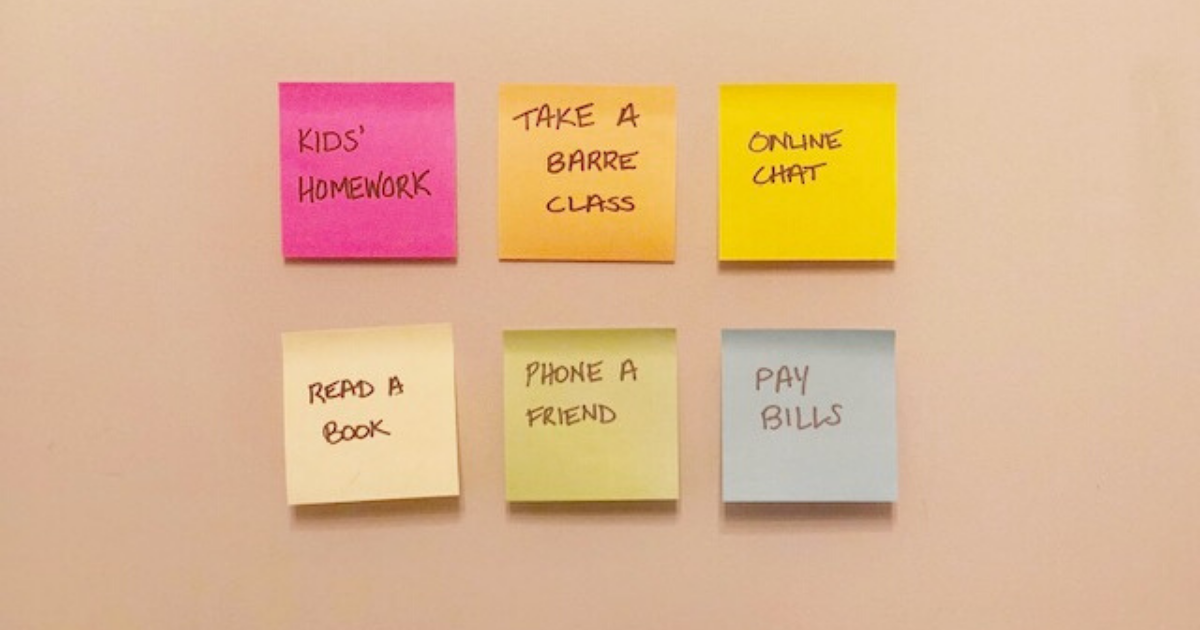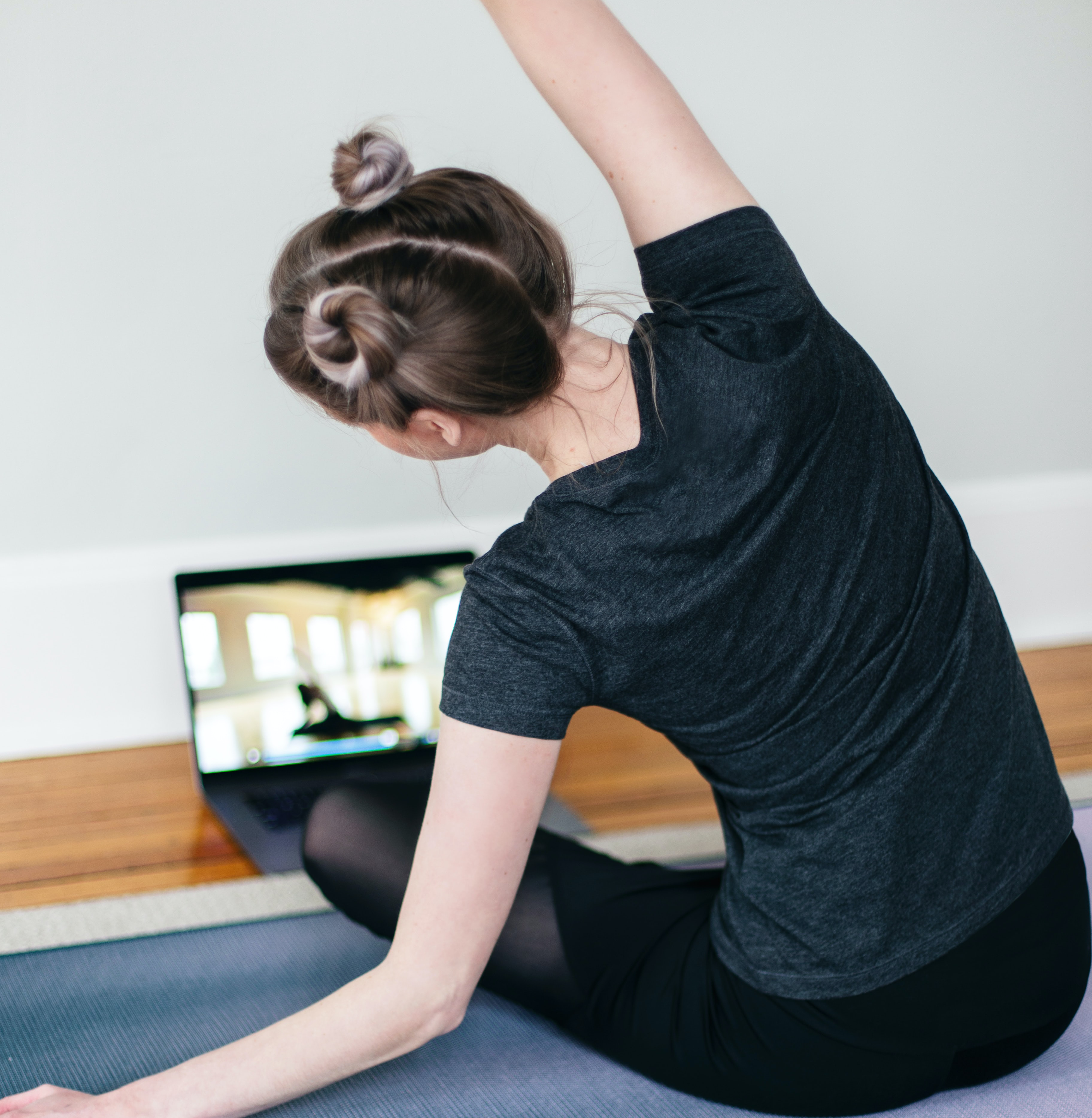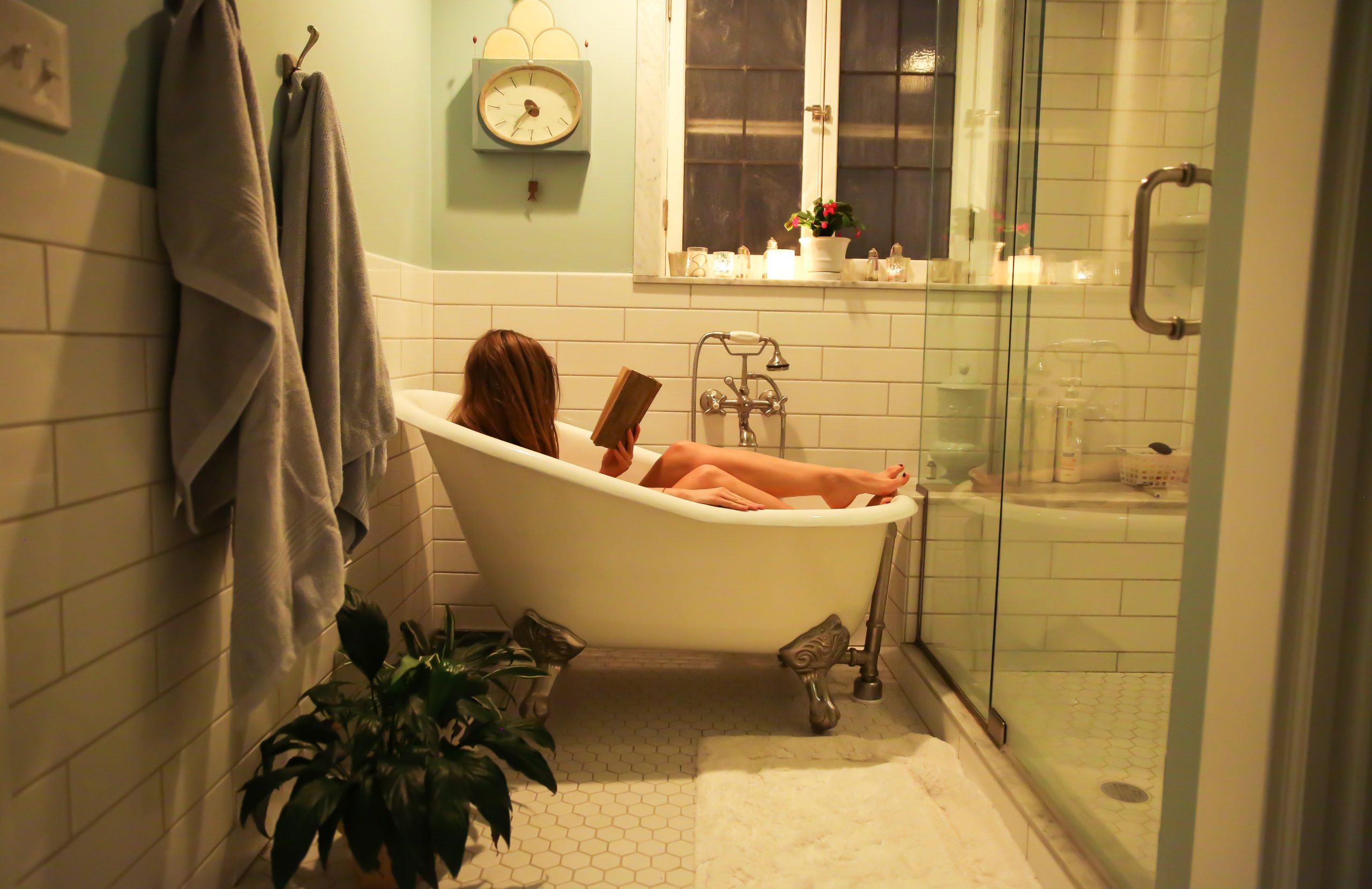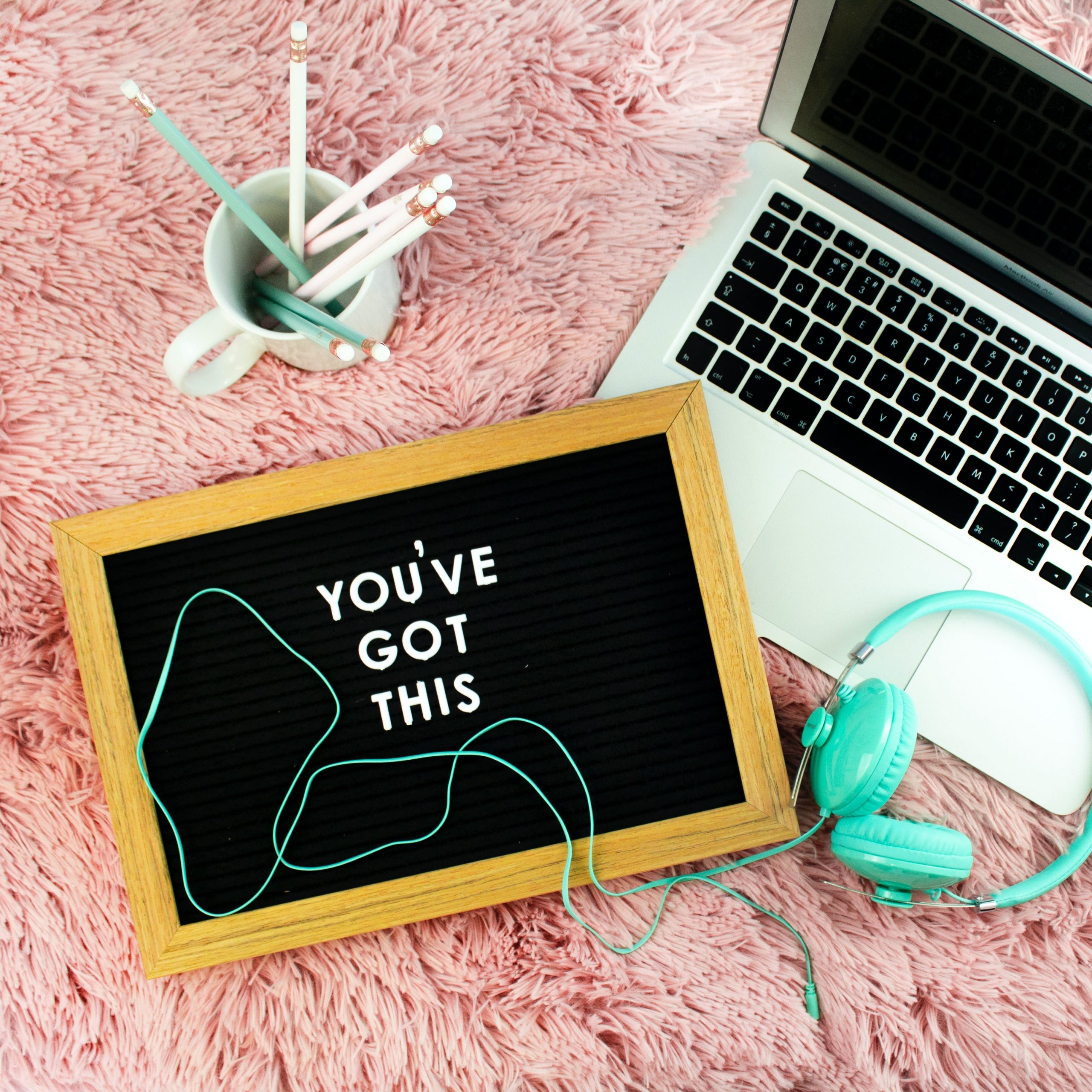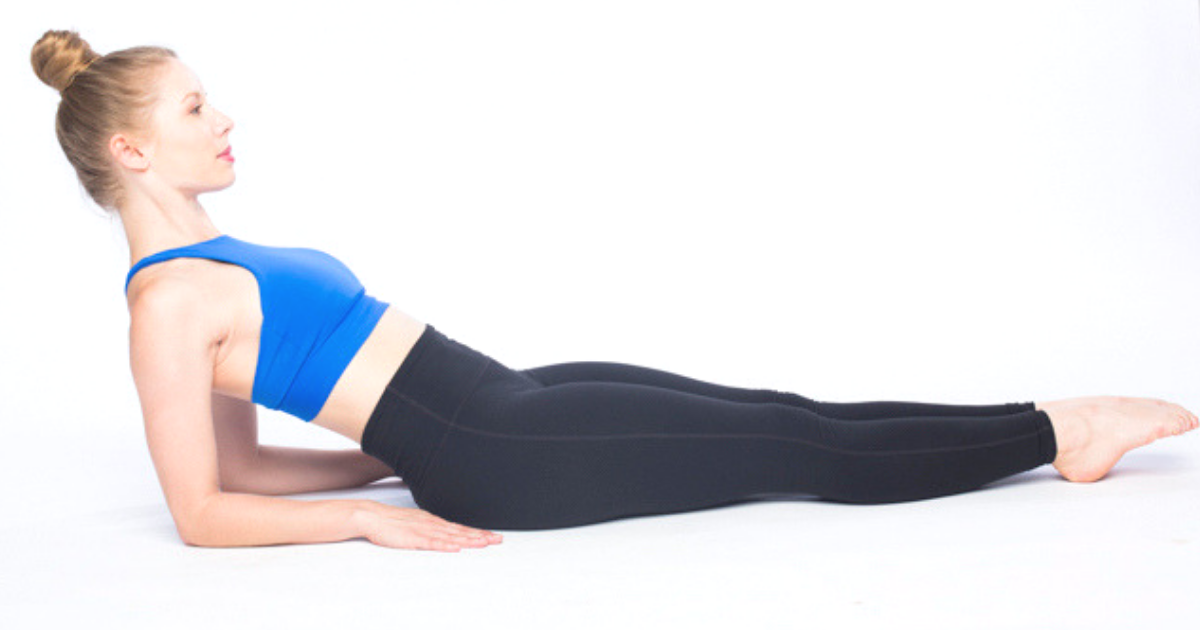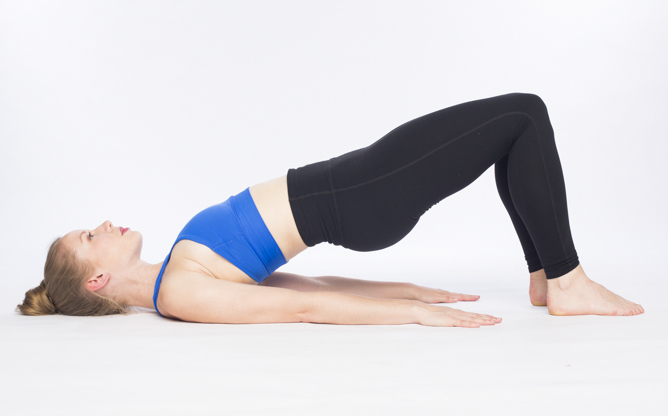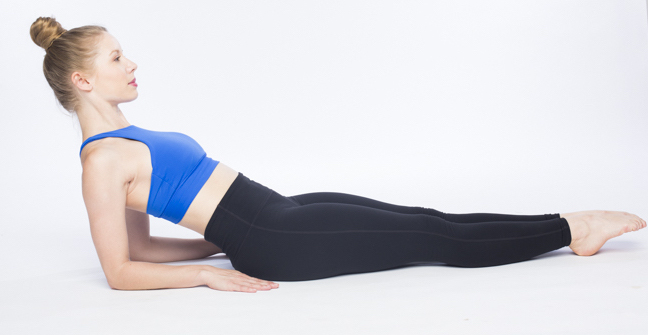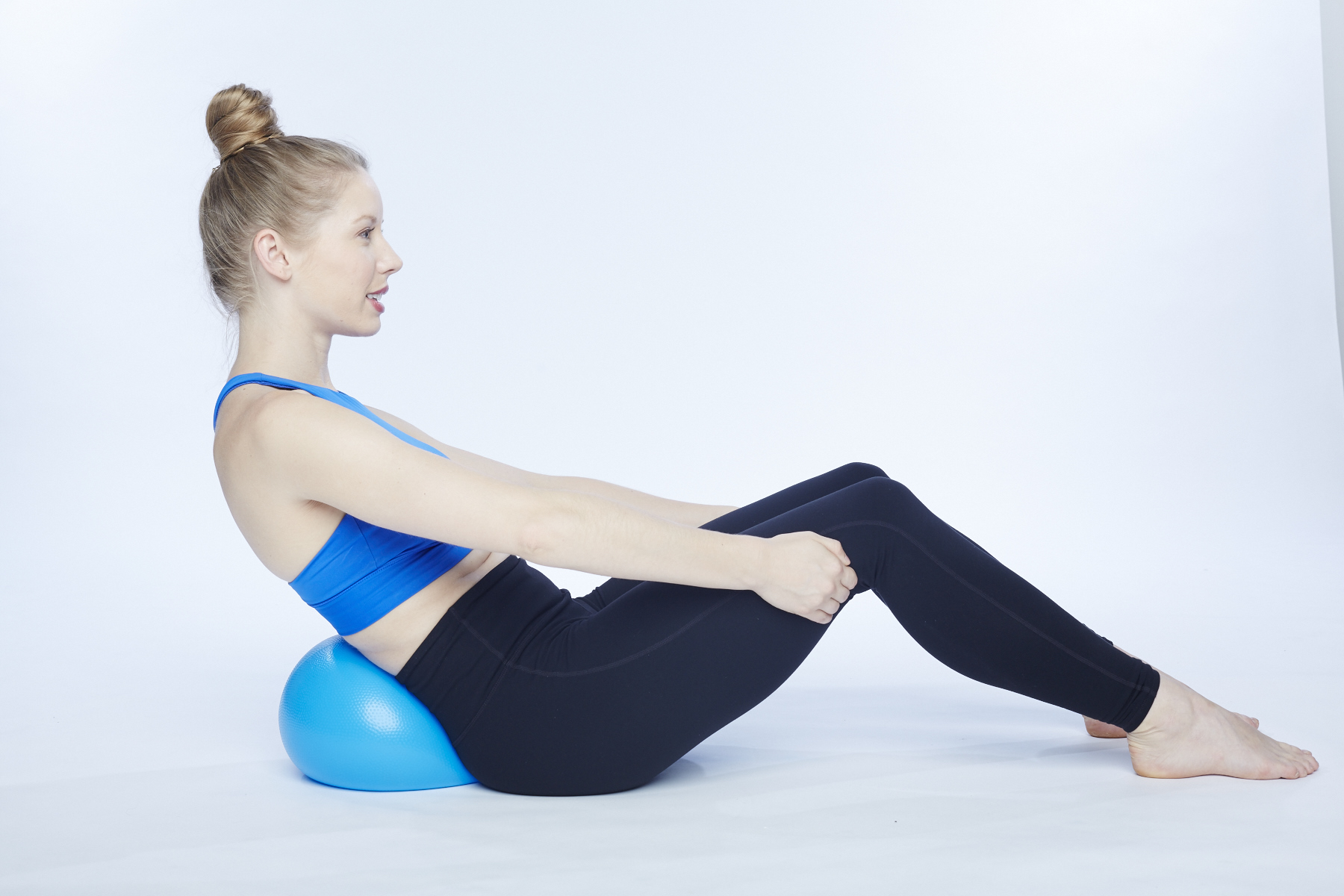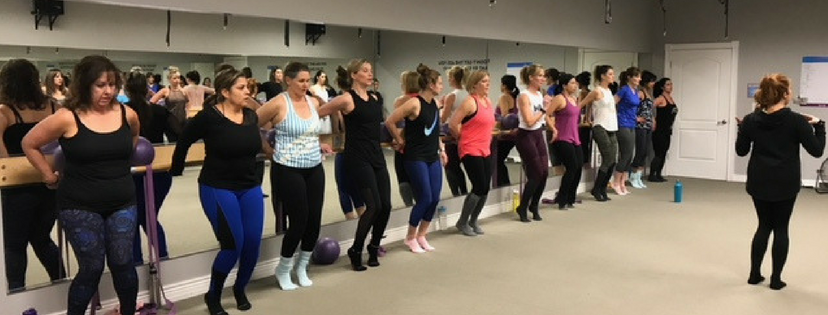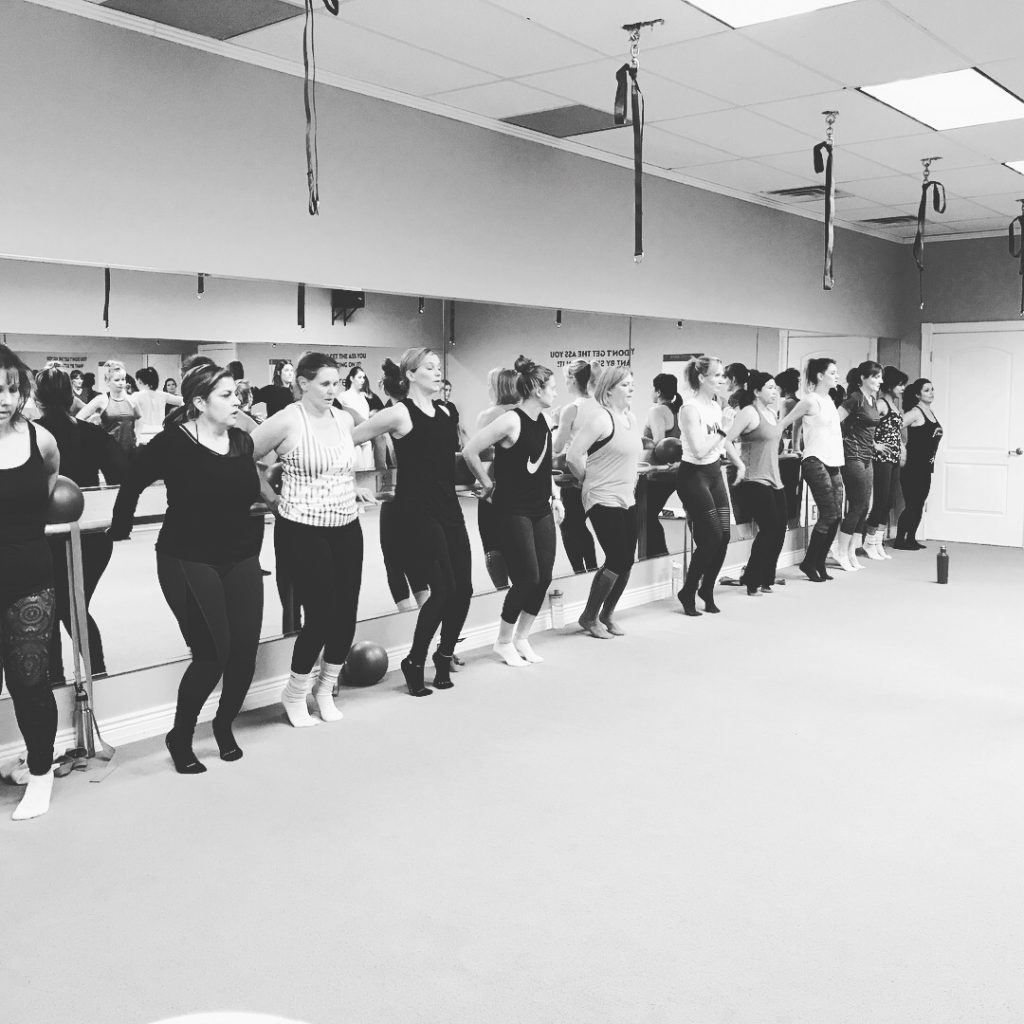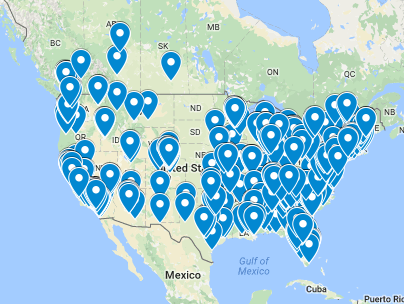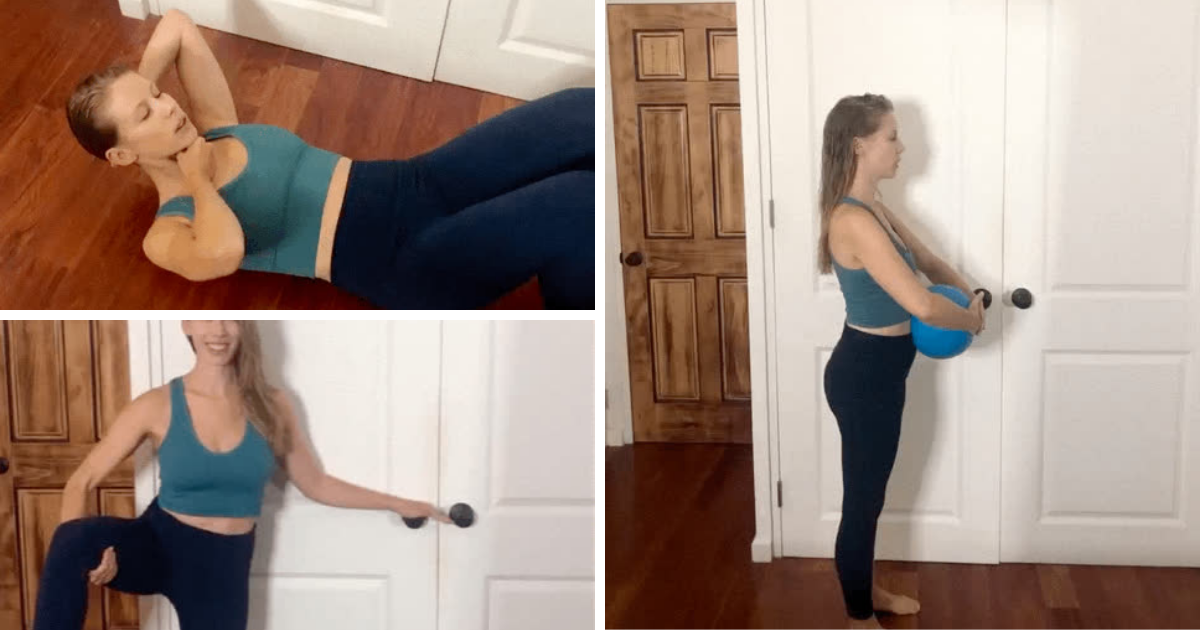
We can make barre classes more effective by giving ourselves the power to improve our barre classes through our own intuition and efforts. I would also argue getting more out of class makes it more fun! Knowing that you’re feeling it in the “right” places as well as feeling more muscle engagement is self-empowering.
Now that we are taking more online, or socially distanced classes we may be missing out on the benefits of hands-on adjustments. We no longer have the chance (at least for now) for our instructors to use their hands-on guidance to improve our workout.
But I believe we can take things into our own hands! Try these 3 self-adjustments in class or at home:
1. Fist under the chin
Neck placement is important to ensure that the upper body is in proper alignment to avoid any strain or pain, especially during abdominal exercises like crunches. It is also a hard placement to feel or see in one’s own body.
How to: Make a fist with one hand and place it under the chin. Create space and elongate the neck by resting the fist under the chin and on the clavicle.
Why: To create and honor the natural spinal curves in the front and back of the neck (cervical spine). This helps avoid compression in the vertebrae and/or craning the neck.
When to apply: This self-adjustment can be used during all abdominal exercises lying supine on the mat, which will help prevent the neck from dropping too much towards the chest and compressing the spine.
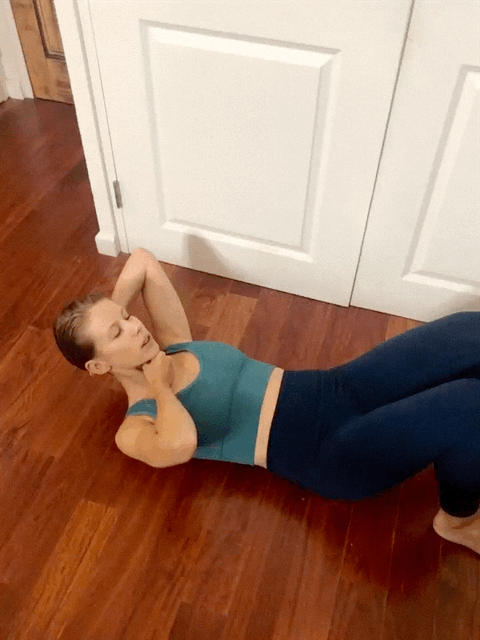
2. Hip re-placement
When the leg is being lifted off the floor in standing barre exercises, the hip often hikes up. This causes certain muscles to overwork and the body to be misaligned. Without a spot from a teacher, it can be a difficult position to master. Try this self-adjustment to put the hip back in its proper placement.
How to: Hold on to a barre or a chair with one hand with the feet in the first position. Lift one knee up and grab the back of the leg with the freehand. Hold the leg and allow the arm to take its weight. With the knee bent, try and level out the hips from right to left so they create a straight line from both sides.
Why: To find a more neutral pelvic position when doing leg lifts. This will keep the work from gripping the hip flexors and overworking the quads.
When to apply: Try doing this for any exercise that has the leg being lifted up off the floor while standing. If you feel the hip hiking up, do this self-correction to make any adjustments in alignment.
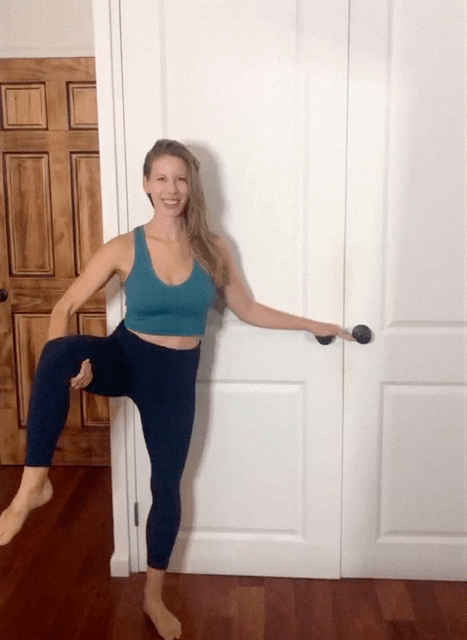
3. Ball bracing
We hear the words “engage your abs,” all the time in barre classes. Actually achieving it and really feeling it can feel very elusive. But using the ball as a tool is a great way to become more engaged.
How to: Place an inflatable ball on the abdominals with both hands places on the ball slightly pressing inward. As you inhale, push the ball into the hands. When you exhale, think of pulling the abdominals away from the ball as if you could hallow out the stomach and make room for the ball to fit in the abdominal cavity. Once the abdominals are scooped in try to at the same time create as much length in the lower spine as possible.
Why: Engaging and bracing the abdominals create support for the lower spine. Using a prop allows for a tactile experience to find a better abdominal connection.
When to apply: You can do this while standing, kneeling, lying supine and prone (using the floor instead of hands).
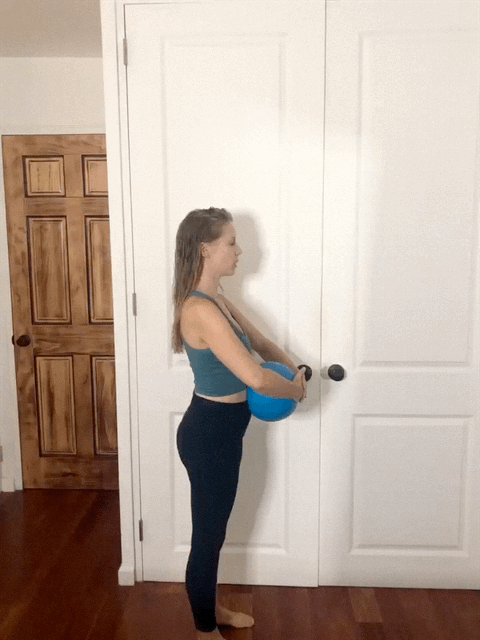
The ability to literally give yourself support so you can take more ownership out of your barre classes is an exciting achievement to obtain. Class begins to feel like follow the leader and more empowering with tools like these self-adjustments in your pocket. Now, get out there and take things into your own hands!
About the Author
Michelle DuVall is the creator of Barre Variations, a compressive method and manual with an expanded syllabus of choreography and technique. She is also a passionate motivator who creates inclusive experiences for her community through movement sessions, wellness events and retreats.

